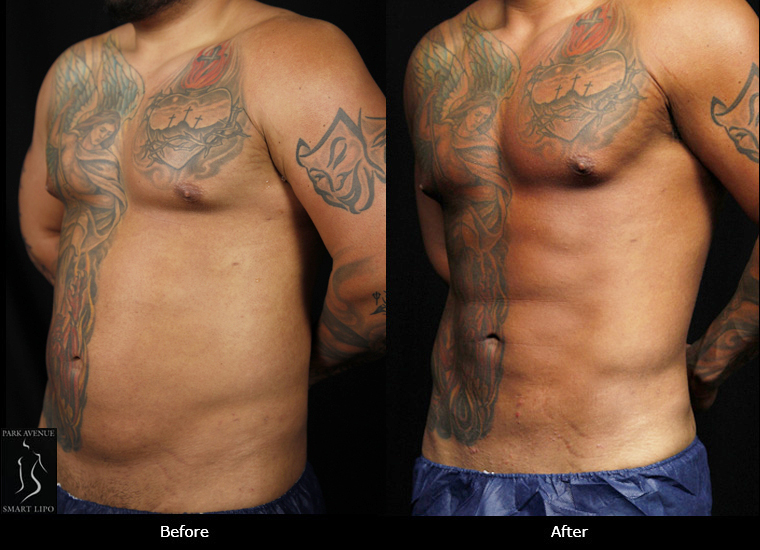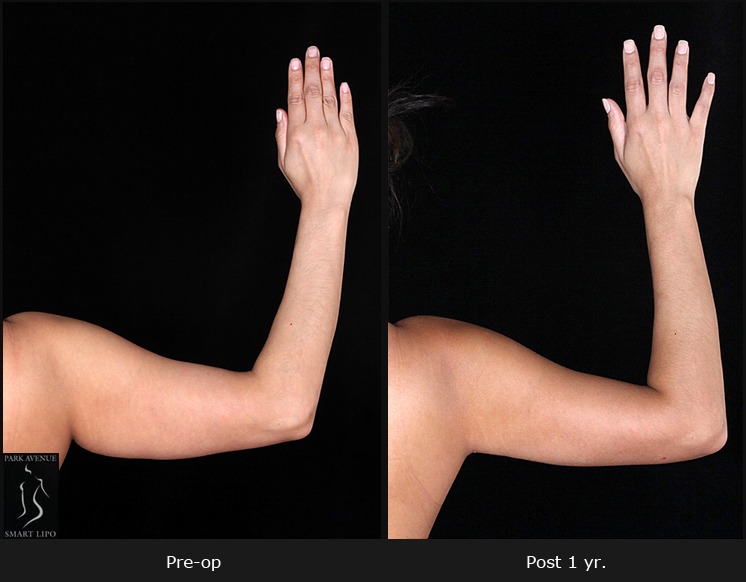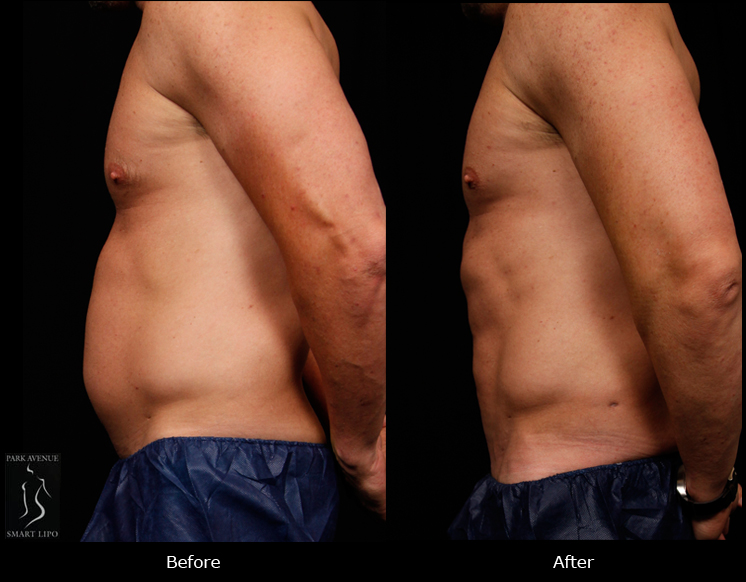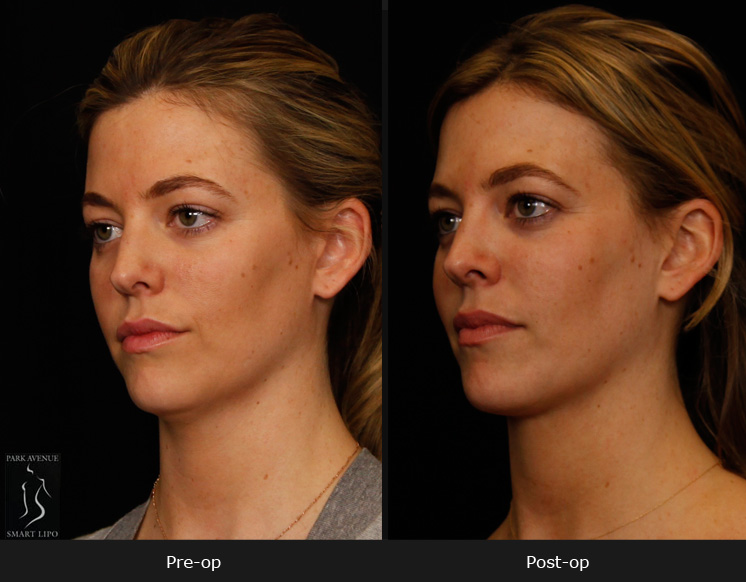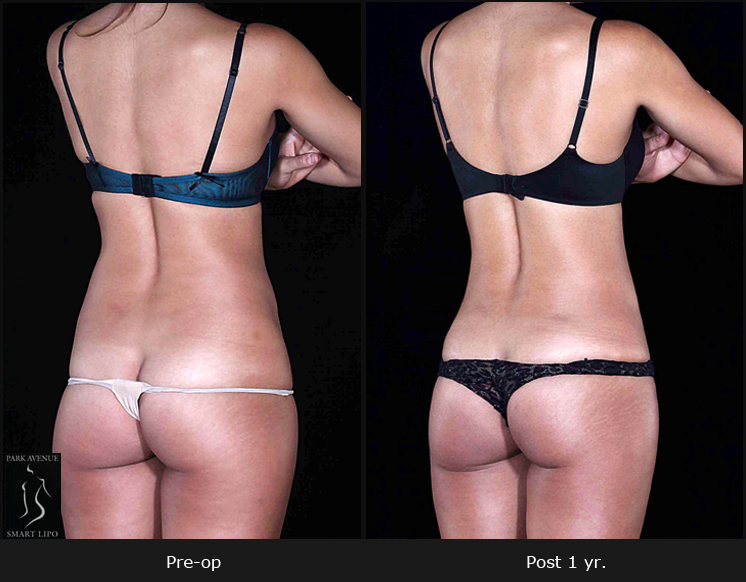A New York City plastic surgeon with extensive expertise in the latest lipoplasty techniques such as laser liposuction can provide men and women with attractive body contouring outcomes. Following the surgeon’s post-operative instructions is critical for smooth healing, recovery and optimal results. Patients are required to wear a compression garment after liposuction to minimize swelling, decrease pain, decrease discomfort and help remodel the tissue.
Depending on the extent of liposuction, patients are asked to wear the compression garments 24 hours a day (except when bathing) for about the first 3 weeks, and then for 12 hrs per day (day or night time) for another 3 weeks or so.
As the main aim of wearing the garment is to compress the treatment site and improve contour, the question often arises as to how tight the garment should be. Expert surgeons say that the compression garment should be tight enough to provide the support you need, but not too tight as to cause discomfort.
The compression garment should fit snugly to achieve its goals, but wearing a garment that is too tight can worsen the condition instead of improving it. You bring the garment along with you or place an order at the surgeon’s office for your custom size. The garment will be applied in the operating room. The garment should fit well, stay in place and not fold or form rolls. If it folds or rolls, this can exert too much pressure under the fold or roll and even cut off circulation, increase risk of clot formation, and damage the skin. If this happens, it will cause more harm than good. It is also important to have even compression over the surgical areas. A garment with gentle compression helps keep down bruising and swelling in the early post-operative phase. Overdoing it will lead to pain and discomfort.
Reliable NYC plastic surgeons will discuss everything related to the post-surgical phase at the consultation, including the use of the compression garment.

